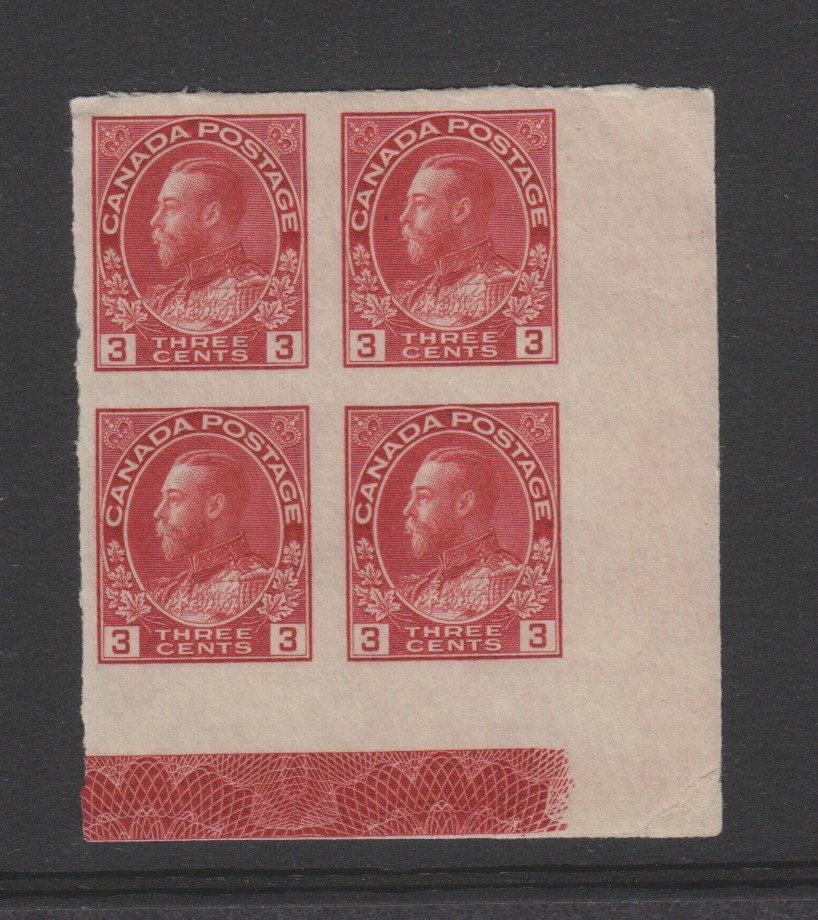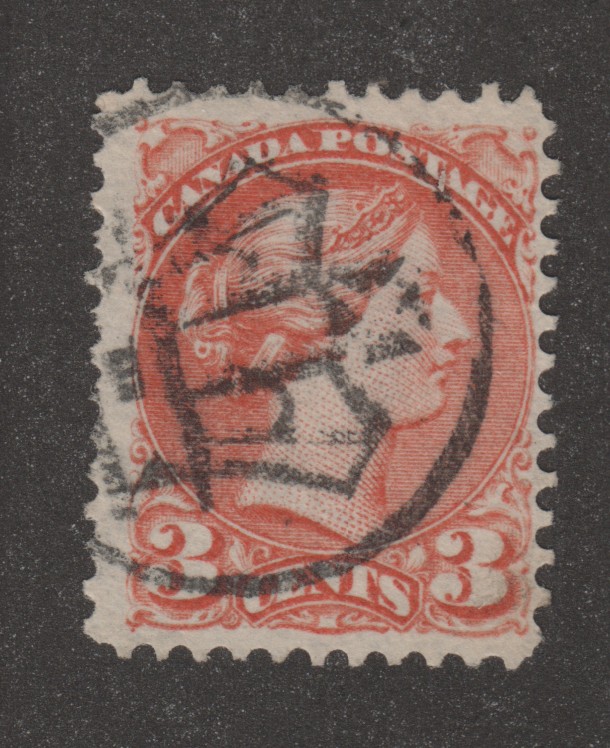
Discussion - Member to Member Sales - Research Center

Discussion - Member to Member Sales - Research Center

ACSC 178cz (page 6/43, note 5)


Login to Like
this post
Very nice. Would you clarify what is meant by "without the pip perforation" in your description? I'd like to see what the "normal" corner would look like. Thanks.
Peter

Login to Like
this post
Hi Peter
A pip is a perforation guide mark to ensure accurate centring of perforations; markings were placed in the margins of sheets. These marks identified pinning points where the sheets were secured prior to passing through the perforating machine.
Here is the same type of stamps with the "pip" in bottom centre of the selvedge (orange circle over a pin hole), the block of 4 is the late plate crack of this particular variety where the crack is under the imprint (very scarce).


Login to Like
this post
Member ACCC (Australian Commonwealth Collectors Club of NSW)
17 Feb 2016
04:28:44am
A rare lower left corner block of 4 1938 ½d Kangaroo. Perforation 13½ x 14. Very early state of cracked plate below W.C.G. McCracken imprint without the pip perforation. This is the only example identified to date.
ACSC 178cz (page 6/43, note 5)


Login to Like
this post
06:40:00am
re: A very early plate crack of a block of 4 ½d Kangaroos - This is the only example seen to date by experts. Rare
Very nice. Would you clarify what is meant by "without the pip perforation" in your description? I'd like to see what the "normal" corner would look like. Thanks.
Peter

Login to Like
this post
Member ACCC (Australian Commonwealth Collectors Club of NSW)
17 Feb 2016
01:44:14pm
re: A very early plate crack of a block of 4 ½d Kangaroos - This is the only example seen to date by experts. Rare
Hi Peter
A pip is a perforation guide mark to ensure accurate centring of perforations; markings were placed in the margins of sheets. These marks identified pinning points where the sheets were secured prior to passing through the perforating machine.
Here is the same type of stamps with the "pip" in bottom centre of the selvedge (orange circle over a pin hole), the block of 4 is the late plate crack of this particular variety where the crack is under the imprint (very scarce).


Login to Like
this post


